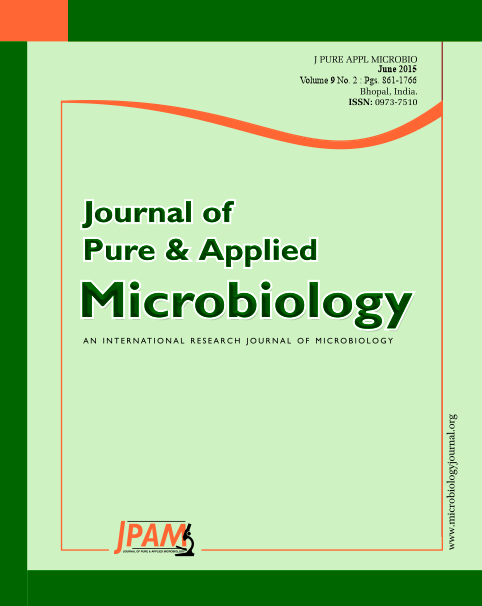The contact of effluent containing heavy metals into the soil pose severe environmental and health hazard. Bioremediation of the contaminated soils has been widely attempted to remove heavy metal contaminants. This study was conducted to establish the efficiency of microorganisms present in heavy metal contaminated soil by bioremediation. Six bacterial strains and two exogenous bacterial strains were screened based on their capability to grow in nutrient agar media containing heavy metals. Slurry phase and immobilized column reactor were used to treat contaminated soil. Exogenous bacterial strain Bacillus sp. and pseudomonas sp. showed enhanced growth, which was chosen for further examination. The results revealed that the combination of Bacillus sp. and Pseudomonas sp. exhibits excellent efficiency of reducing heavy metals. The soil treatment results showed that, the up flow immobilized column reactor can reduce the heavy metal content appreciably within 24 hours. This evolves as an efficient strategy to replace the less ecofriendly physicochemical approaches and also provides a better insight into the field of bioremediation.
Bioremediation, Bacillus sp., Pseudomonas sp., Heavy metal, Slurry phase reactor, Immobilized column reactor
© The Author(s) 2015. Open Access. This article is distributed under the terms of the Creative Commons Attribution 4.0 International License which permits unrestricted use, sharing, distribution, and reproduction in any medium, provided you give appropriate credit to the original author(s) and the source, provide a link to the Creative Commons license, and indicate if changes were made.


